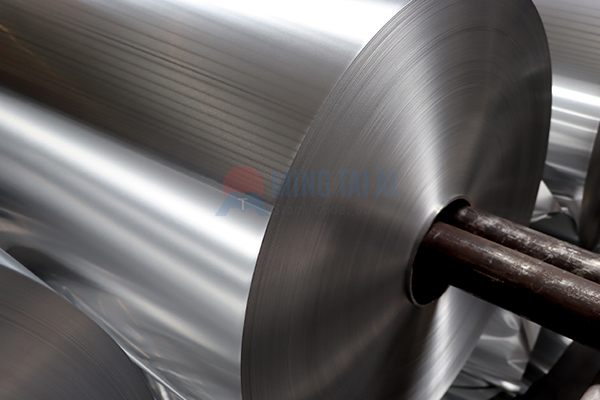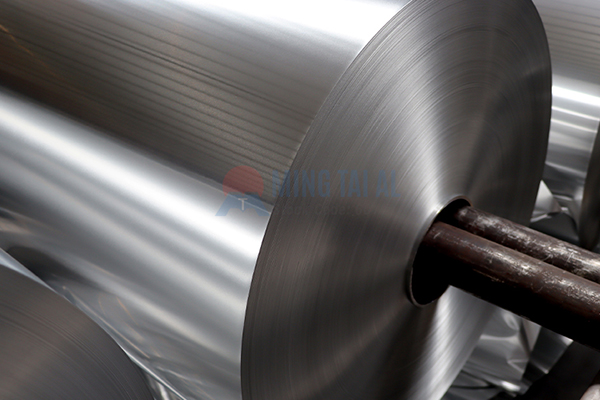
customize your solutions request a quote right now!
Material Application: food packaging
Product: 1235, 1050, 1060 series
Project Details:
In the application of aluminum foil materials, the choice between bare foil vs laminated foil directly impacts product performance and cost-effectiveness. Bare foil refers to pure aluminum substrate without additional coating, while laminated foil incorporates protective or functional layers through lamination. Although laminated foil excels in moisture-proof and corrosion-resistant scenarios, bare foil emerges as the superior solution in specific cases due to its unique advantages. This article analyzes the ideal use cases for bare foil across three dimensions—performance requirements, cost efficiency, and environmental considerations—and recommends reliable bare foil suppliers for global users.
The core strength of bare foil lies in its exposed pure aluminum substrate. In electronics packaging, bare foil demonstrates significantly higher electrical conductivity and thermal conductivity than laminated foil, making it ideal for high-frequency circuits or devices with stringent heat dissipation demands. For instance, in battery electrode manufacturing, bare foil bonds directly with active materials, eliminating contact resistance issues caused by laminated layers. Additionally, bare foil offers superior surface flatness, facilitating precision processes like etching for flexible printed circuits (FPCs).

While laminated foil enhances protection, its production involves additional coating processes and material costs. For applications without special protective requirements, bare foil reduces procurement costs. In packaging, for example, bare foil suffices for dry, non-corrosive storage environments, avoiding premiums for laminated layers. Moreover, bare foil’s streamlined processing minimizes equipment adjustments and maintenance costs, making it suitable for small-to-medium batch production or time-sensitive projects.
As global environmental regulations tighten, the recycling challenges of laminated foil become apparent. Some laminated materials require specialized treatment to separate aluminum from coatings, increasing recycling costs. Bare foil, however, can be directly smelted and reused, aligning with circular economy principles. In industries like food packaging, where eco-friendliness is critical, bare foil can be paired with biodegradable coatings to meet safety standards while reducing environmental impact.
As China’s leading aluminum foil supplier, Mingtai Aluminum has specialized in bare foil vs laminated foil production for over 30 years, offering pure aluminum substrates (1235, 1050, 1060 series). Its bare foils are EU RoHS-certified and widely used in electronics, packaging, and construction. Mingtai provides customizable solutions, supporting thicknesses of 0.014–0.2mm and widths of 200–1600mm to meet diverse global demands.
Hot Sale Products
Aluminum foil for takeout containers Aluminum foil for cosmetic bottle caps Lidding aluminum foil Aluminum foil for sealing gasket Cable Aluminum Foil 6061 aluminum foil Milk Powder Can Lid Aluminum Foil
Solutions
Aluminum Foil for Cold Chain: Insulation and Barrier Tips Purchasing Food Safe Aluminum Foil Jumbo Rolls? 5 Key Factors for You Top Questions to Ask an Aluminum Foil Supplier How does 8011 aluminum foil vs pure aluminum foil differ? Why Choose 3004-H18 Aluminum Foil for Structural Strength? How laminated packaging material 8011 Al foil preserves food? How Does Aluminum Foil for Electronics Shielding Work? What Affects Aluminum Foil Wholesale Price Most?
Quick Contact
Copyright © 2022 Mingtai Aluminum All Rights Reserved.